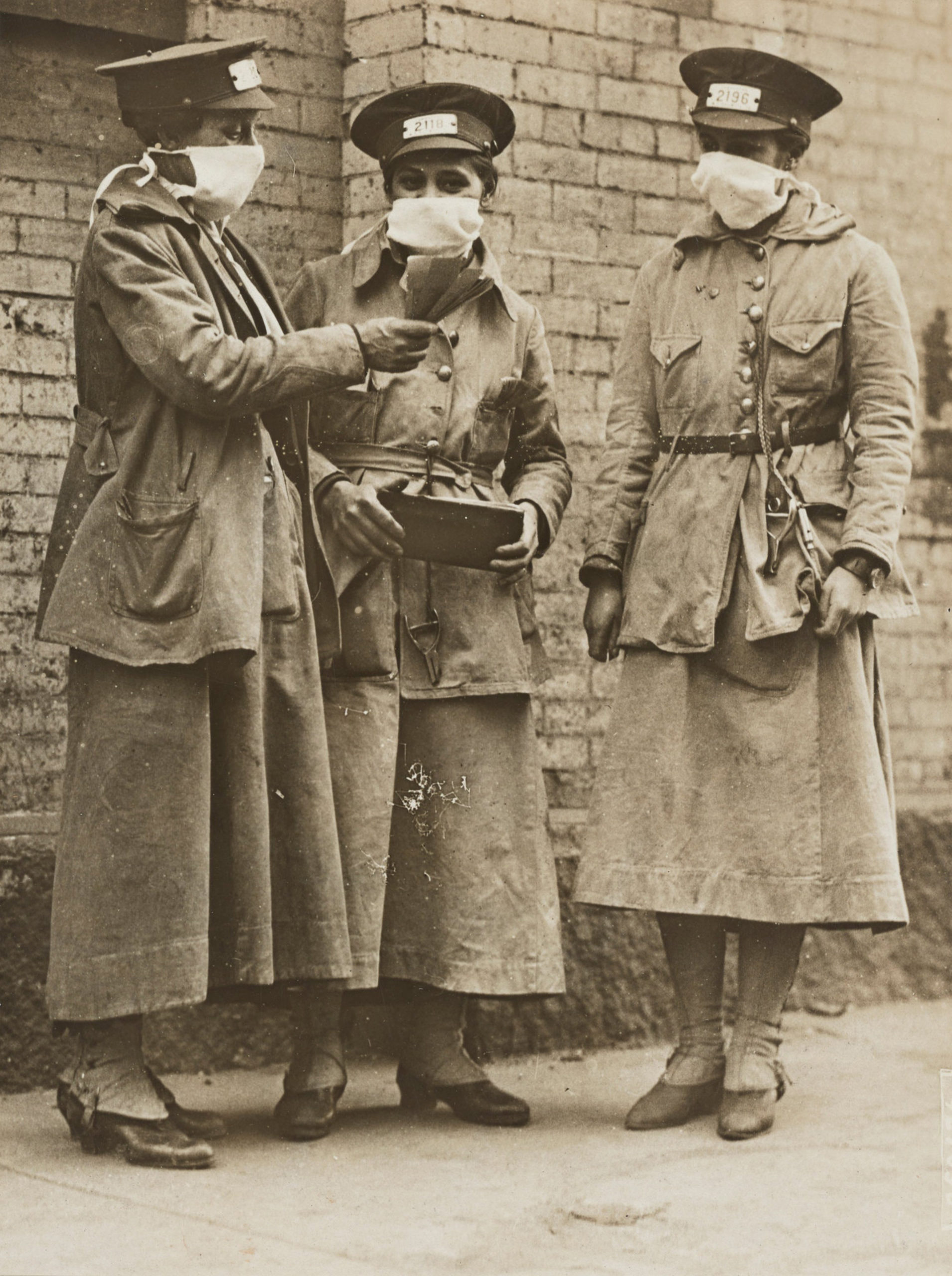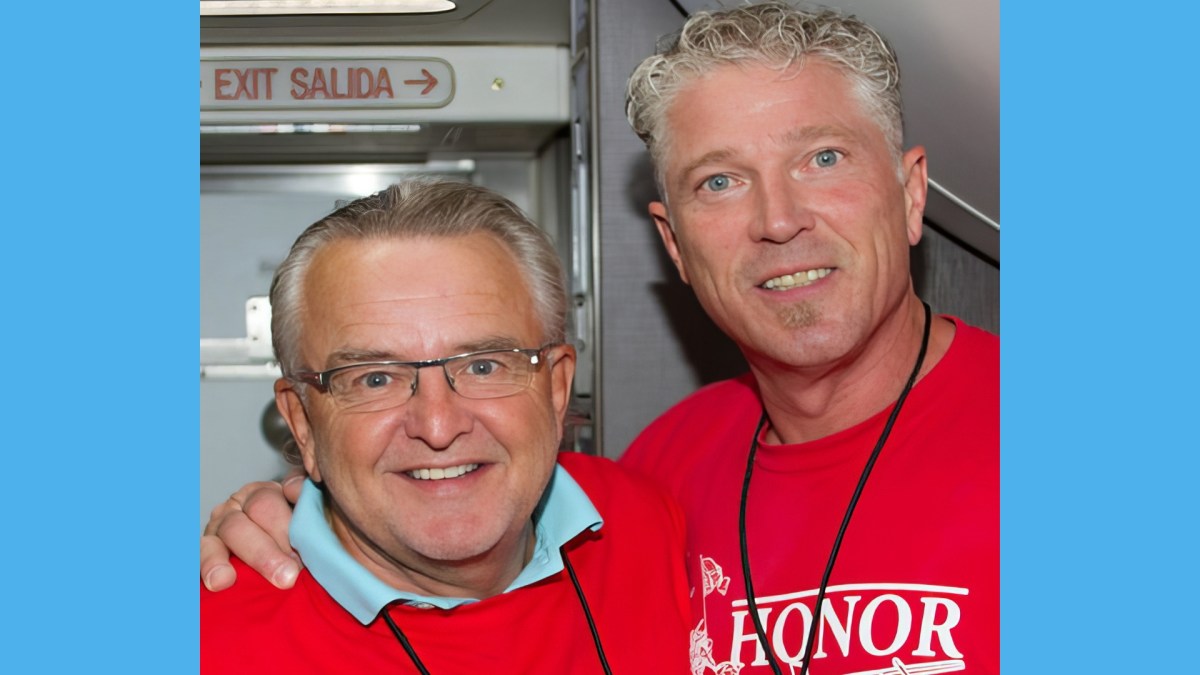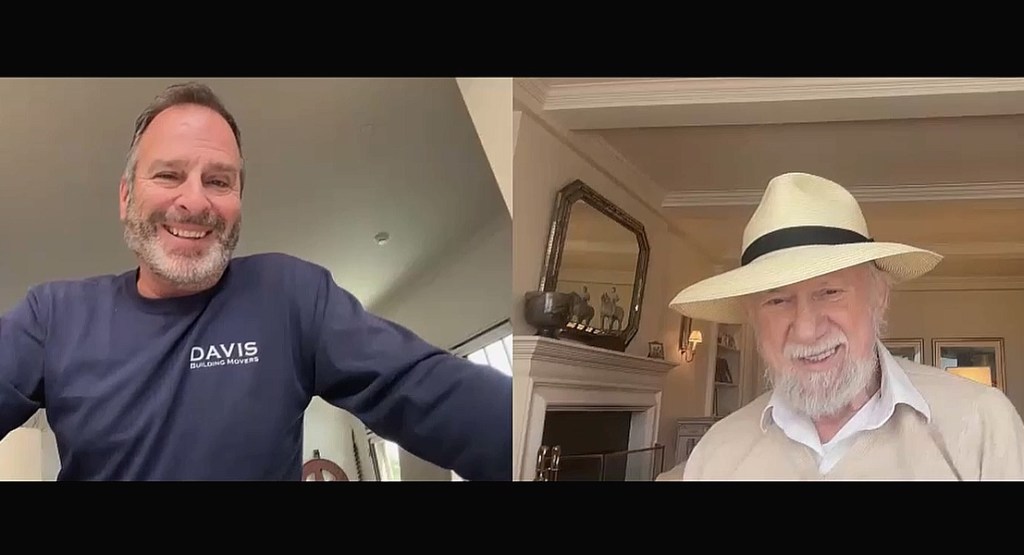1919: Influenza Enters Third Wave


This is part six of an ongoing series on the H1N1 influenza virus that killed 675,000 Americans between 1918 and 1919. We are telling the story, as much as possible, through the words of reporters of the time, from the archives of newspapers .
Should old acquaintance be forgot
And never brought to mind
Should all acquaintance be forgot
And auld lang syne
For auld lang syne, my dear
For auld lang syne
We’ll take a cup o’ kindness yet
For auld lang syne.
On January 1, 1919, the headline on the front page of The New York Times announced that President Woodrow Wilson, who had arrived in France one month after the end of what was called The Great War, was leaving Paris to travel to Rome, for more talks, as he tried to craft his vision of a League of Nations, to prevent any future wars.
There was no mention of what was known as the Spanish influenza in the headlines or ledes of the paper. The virus, now classified as H1N1 influenza A, was not mentioned, despite the fact that in October 1918, over 16,000 New Yorkers had died after contracting the disease.
On page 17, a headline read, “PAGEANT USHERS IN NEW YEAR OF PEACE.”
“Artists and Society Folk Give a Glittering Costume Ball at Hotel des Artistes. DOFF MASKS AT MIDNIGHT Festivities at the Sleepy Hollow Country Club and the Automobile Club of America,” the story continued.
Society welcomed the New Year of victorious peace with costume and masquerade balls. The largest affair of the evening was the costume ball of the Four Arts, held at the Hotel des Artistes, 1 West Sixty-seventh Street.
On page 16, what is essentially an editorial, begins “THE WONDERFUL YEAR.”
“The extirpation of military autocracy and the awakening of the international conscience were the great events of the year 1918.”
Wilson never gave a speech about “Spanish” influenza, which killed 675,000 Americans. American morale had to be maintained, first during the war, then during peace, when Communists were on the verge of taking over Berlin, were in the streets of many European capitals, and anarchists and Communists were raging in America.
Only on page 17, in the lists of over 125 names in the death notices and obituaries, was the virus mentioned. Though the cause of death is not given in most, the unusual fact that most of the deaths were aged 20 to 50, and that many illnesses were described as sudden, was a telltale sign of the influenza.
William Bolger, a lawyer at 149 Broadway, died suddenly at his home in Brooklyn in his 42nd year. “Frank B. Reeve, a wealthy farmer of Riverhead, LI, died on Sunday of pneumonia, following influenza.” William Fitzgerald, “secretary to William Dill, State Motor Vehicles Commissioner of New Jersey, died yesterday” in his home in Patterson. He was 35. Joseph Finn, 46, died in Long Branch, New Jersey. “The secretary and treasurer of the Deal, NJ Board of Health, and former chief of the town’s Fire Department, died at 35.” New York City Detective Harry O’Connor died at Memorial Hospital at 34 years old.
The third wave of the pandemic, nationally, and in New York, was emerging.
Children Affected
On page 5, on January 14, a story out of Port Jefferson in The Times was headlined, “SEVEN DIE OF INFLUENZA.
Sister and Six Charges Victims of Epidemic at Children’s Home.”
“Sister St. Denis of the Brooklyn Home for Crippled, Blind, and Defective Children at this place, and six of her young charges died yesterday as a result of the epidemic of influenza that is sweeping through this institution. There are 350 children in the home. At least 250 are ill with influenza. Twenty of the sisters are suffering from the disease.
“Twenty-five other children have pneumonia and are in serious condition.
“The Rev. John Roex of the Church of the Infant Jesus here, was stricken with influenza yesterday. He had been a constant visitor to the home, aiding the nuns to fight the epidemic,” the article read.
The wave was not near cresting.
On January 24, Dr. Royal Copeland, New York City’s Commissioner of Health, gave the Times the following advice to stop the spread of the disease: “The person who coughs or sneezes discharges a spray more deadly than bullets or poison gas, unless the mouth and nose are covered by a handkerchief.”
Copeland refused, for the entirety of the pandemic, to close public places, schools, or theaters, though he did order the hours of various businesses staggered, to decrease the density during rush hour.
On Sunday, January 26, the Times dedicated page 35 to a report from the Surgeon General of the United States, Rupert Blue. For the first time, the American people learned that it was not bullets, but disease, that was causing the majority of deaths of their sons and brothers in the U.S. military, and not “over there,” but right here in their base camps in the United States.
“INFLUENZA CHIEF CAUSE OF DEATHS IN HOME CAMPS”
“During War Period Diseases Took 32,165 Soldiers in This Country and 18,136 Overseas First Appraisal of Epidemic’s Ravages Made by Surgeon General’s Department,” the Times read.
“FROM a death rate of 6.37 out of a thousand in service, mortality from disease in army camps and cantonments in the United States rose to 52.15 a thousand in the last six months’ period.”
Deadliest Week
The deadliest week in the base camps was from October 4 through 11, the same time New York City’s numbers of cases and deaths were cresting during the second wave of the pandemic. A total of 5290 soldiers died in U.S. base camps that week. Camp Upton in Yaphank recorded 128 deaths. That number was far exceeded by several other camps. Camp Sherman near Chillicothe, OH, recorded 689 deaths from disease that week, Camp Grant, on the outskirts of Rockford, IL, 638, and Fort Meade in Maryland, 438.
Dr. Blue was far ahead of his time, advocating for a national health insurance plan.He served as Surgeon General from 1912 to 1920. He was the president of the American Medical Association in 1916 and 1917.
On October 5, 1918, The Times had reported: “In Washington, Surgeon General advocates closing all schools, churches, theaters, and public institutions in every community where the epidemic has developed.” The story then quoted Blue: “There is no way to put a nationwide closing order into effect, as this is a matter which is up to the individual communities. In some states, the State Board of Health has this power, but in many others, it is a matter of municipal regulation.”
Blue was powerless. It was up to the states and municipalities to fight a national pandemic.
In October 1918, Blue had offered the following advice in the Times on protective face masks:
“It is important to remember that the disease is spread by breathing germ-laden matter sprayed into the air by the patient in coughing, or even in ordinary breathing. The attendant should therefore wear a gauze mask over her mouth and nose while she is in the sickroom. Such a mask is easily made by folding a piece of gauze fourfold, sewing a piece of tape at the four corners, and tying the upper set of tape over the ears, the lower set around the neck.”
Next week: The Final Wave.




